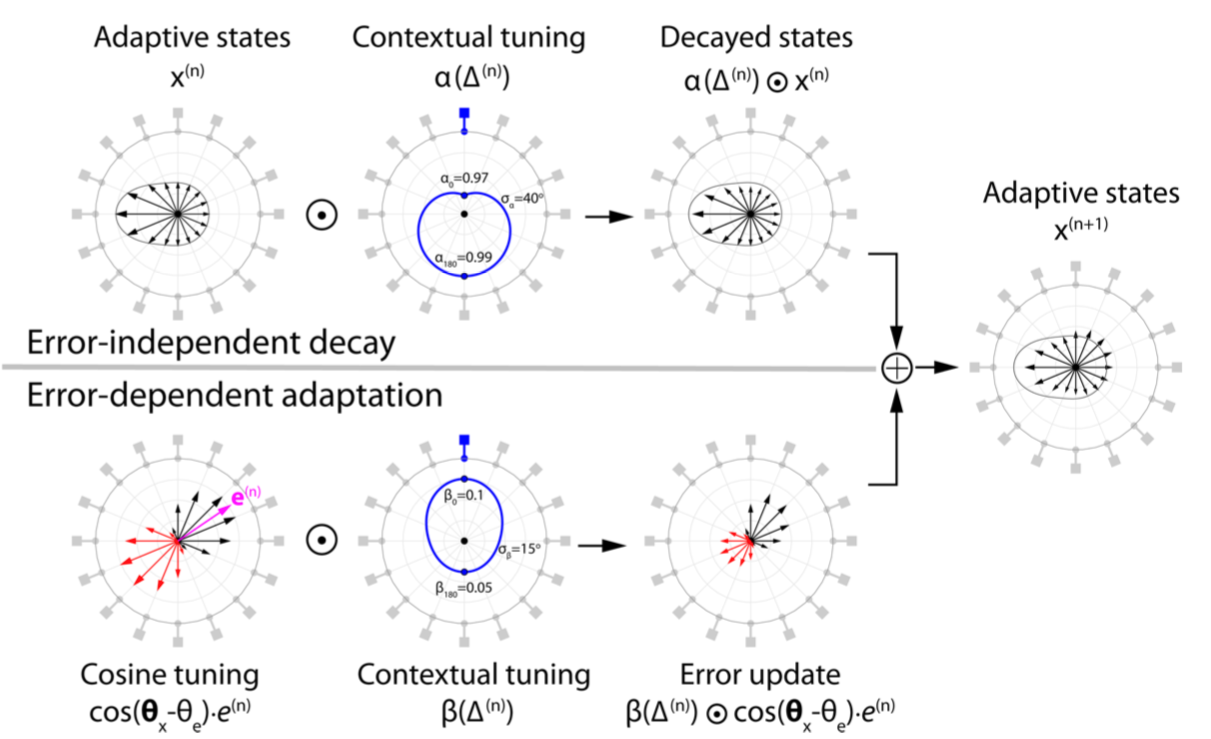Based on a computational model of modular learning, in which a task is deconstructed into elements, we demonstrated that the human sensorimotor system uses a modular decomposition strategy for learning (Ghahramani and Wolpert, 1997; Wolpert and Kawato, 1998; Haruno et al., 2001) and that even simple tools are learned in a modular way (Ingram et al., 2010; Ingram and Wolpert, 2011; Ingram et al., 2011; Ingram et al., 2013).
We proposed that a key component of sensorimotor learning is to identify tasks that share a common structure (e.g., the set of scissors or set of power tools) but might have different parameters (e.g., weight and surface properties). We have shown that such structural learning plays an important role in motor skill acquisition and in our ability to generalize to new tasks within a structure (Braun et al., 2009; Braun et al., 2010; Turnham et al., 2012). In addition we have shown that reinforcement learning, unlike error-based learning, can be effective for motor learning in patients with cerebellar damage (Therrien et al., 2016). Recently we have investigated the mechanisms that can be used to learn two motor skills that would normally interfere. Our results support the hypothesis that such skills can be stored in separate motor memories, and hence not interfere, if the neural state, rather than physical state of the body, is different during the experience and recall of the skills. That is contexts, such as different lead-in or follow-through movements before or after the performance of a skill, lead to different neural states thereby allowing access to separate motor memories (Howard et al., 2012; Howard et al., 2015; Sheahan et al., 2016).

